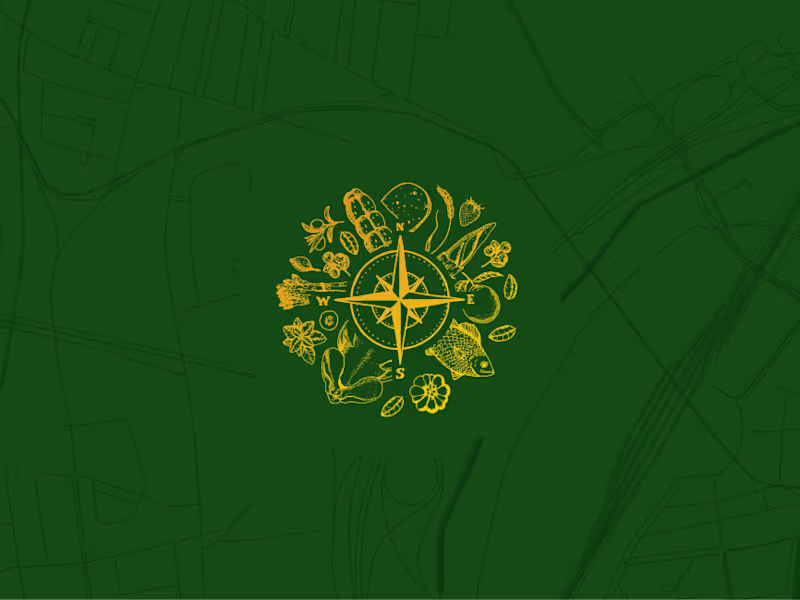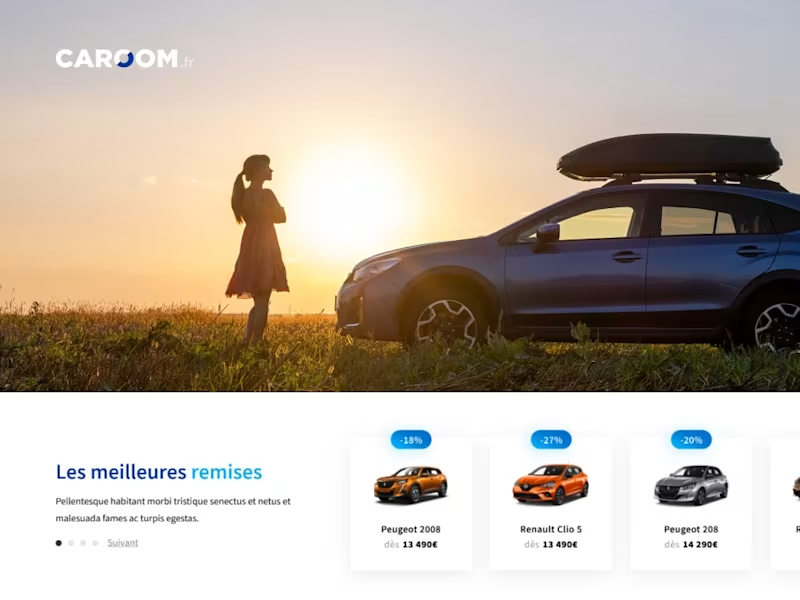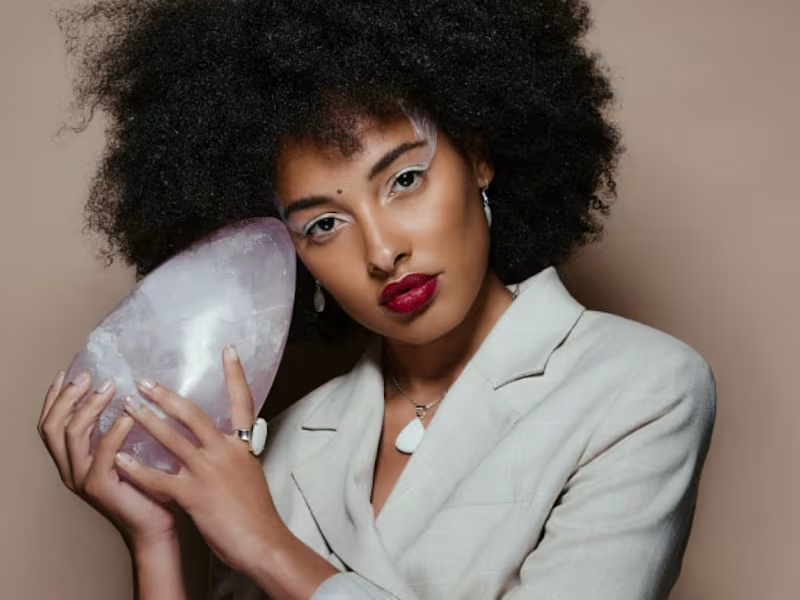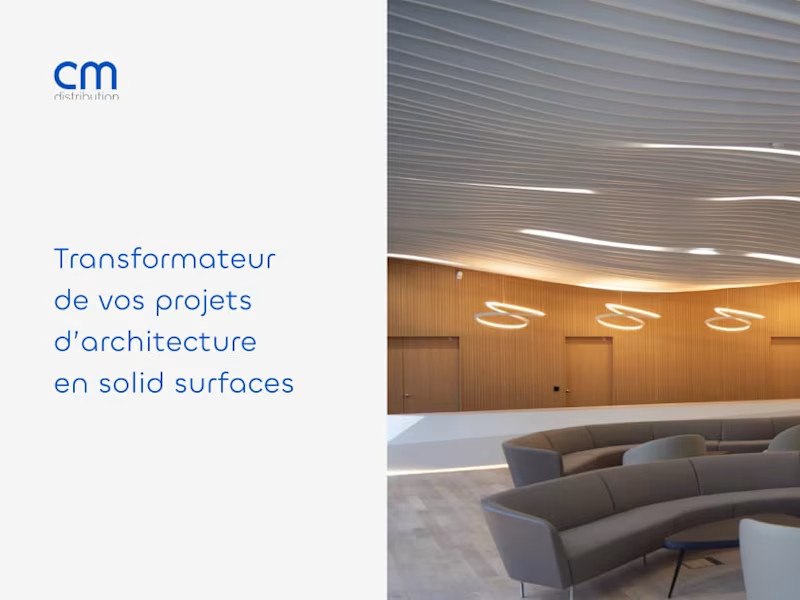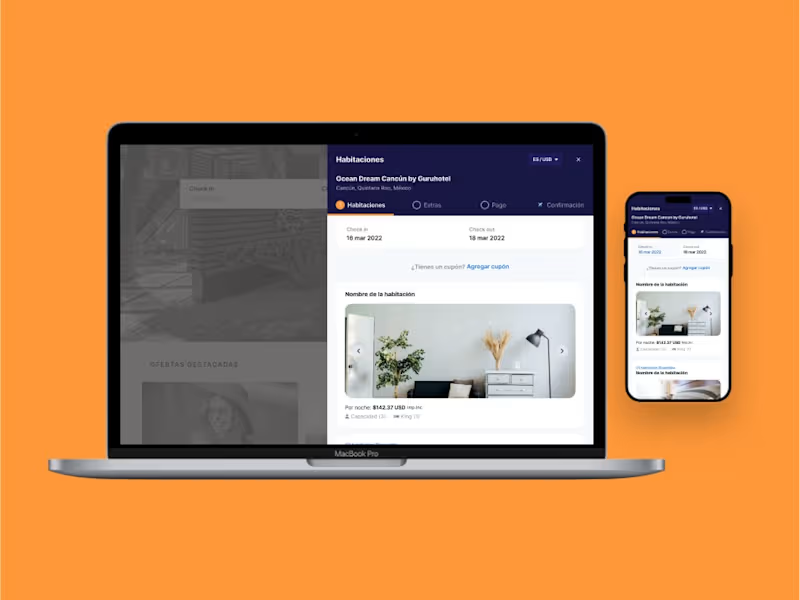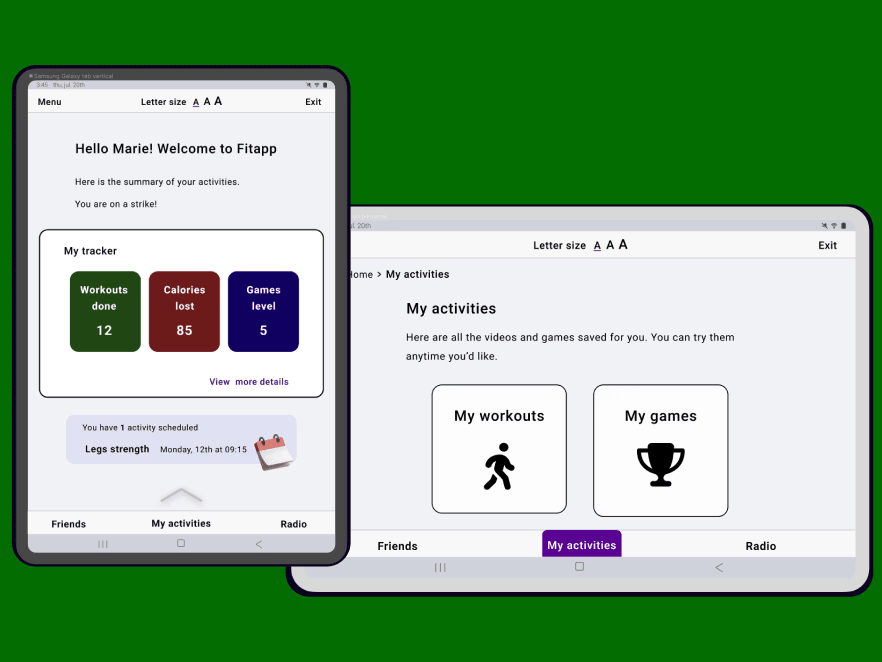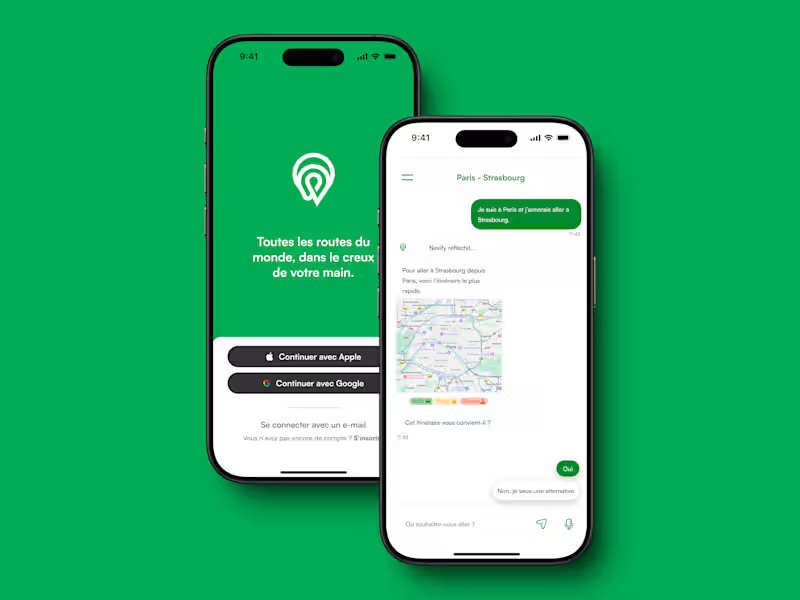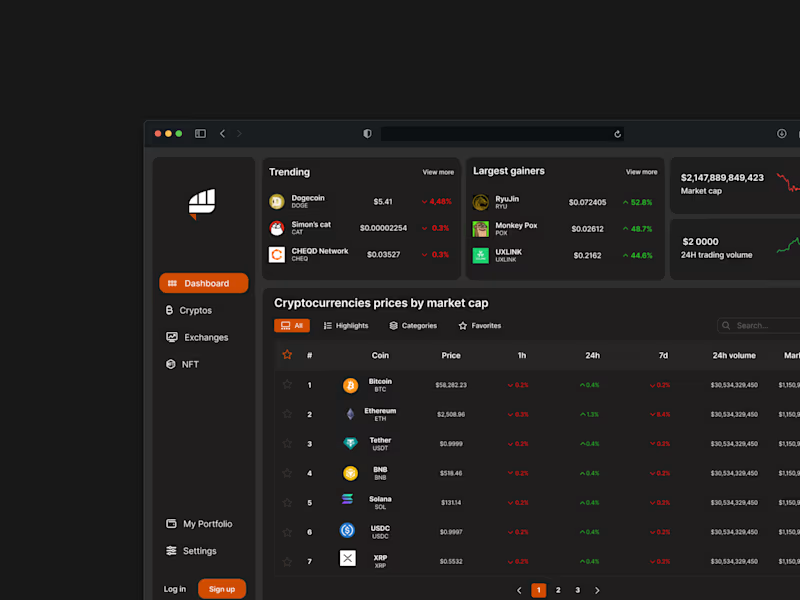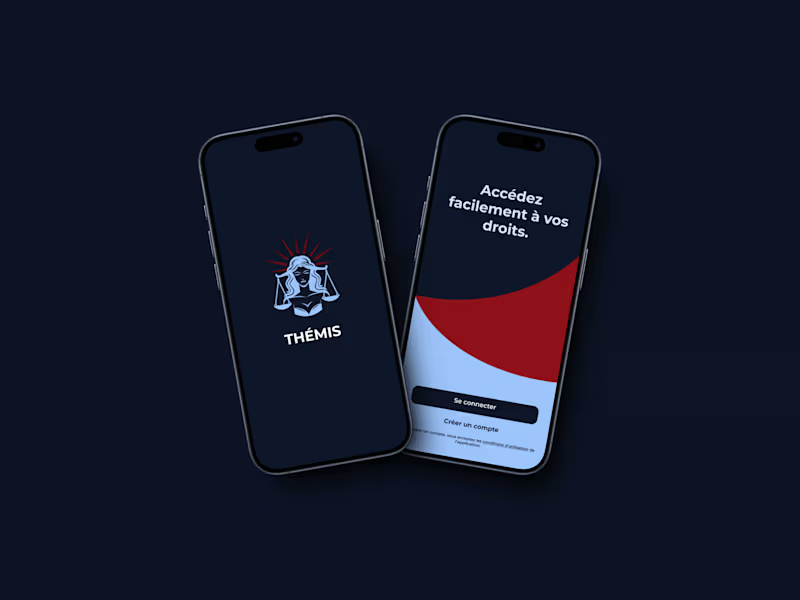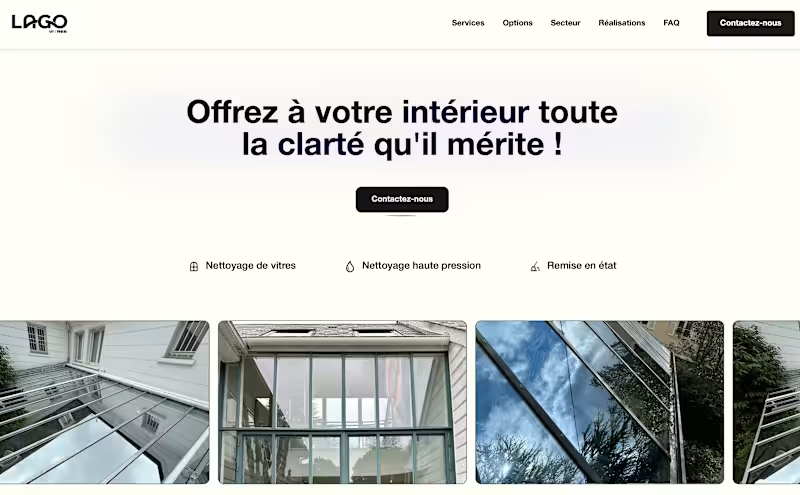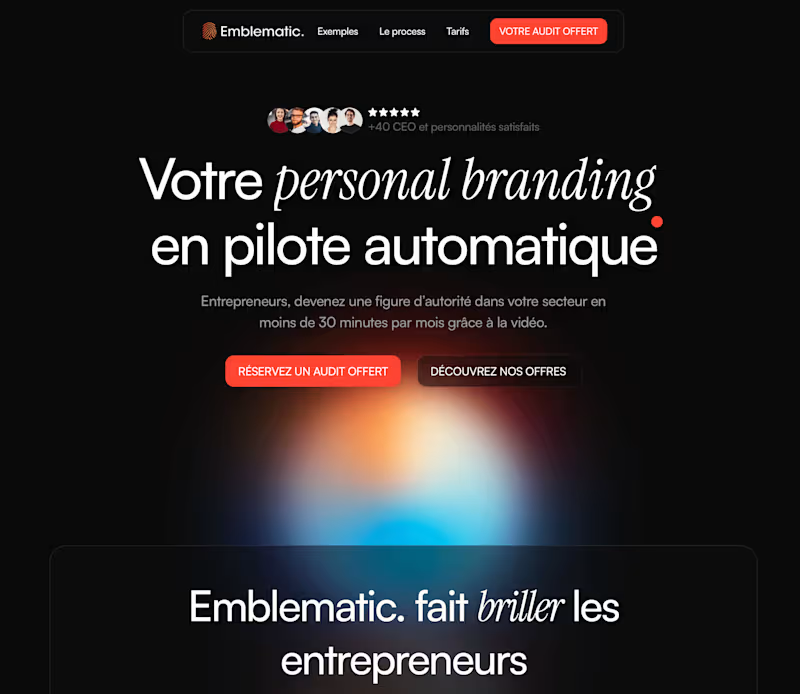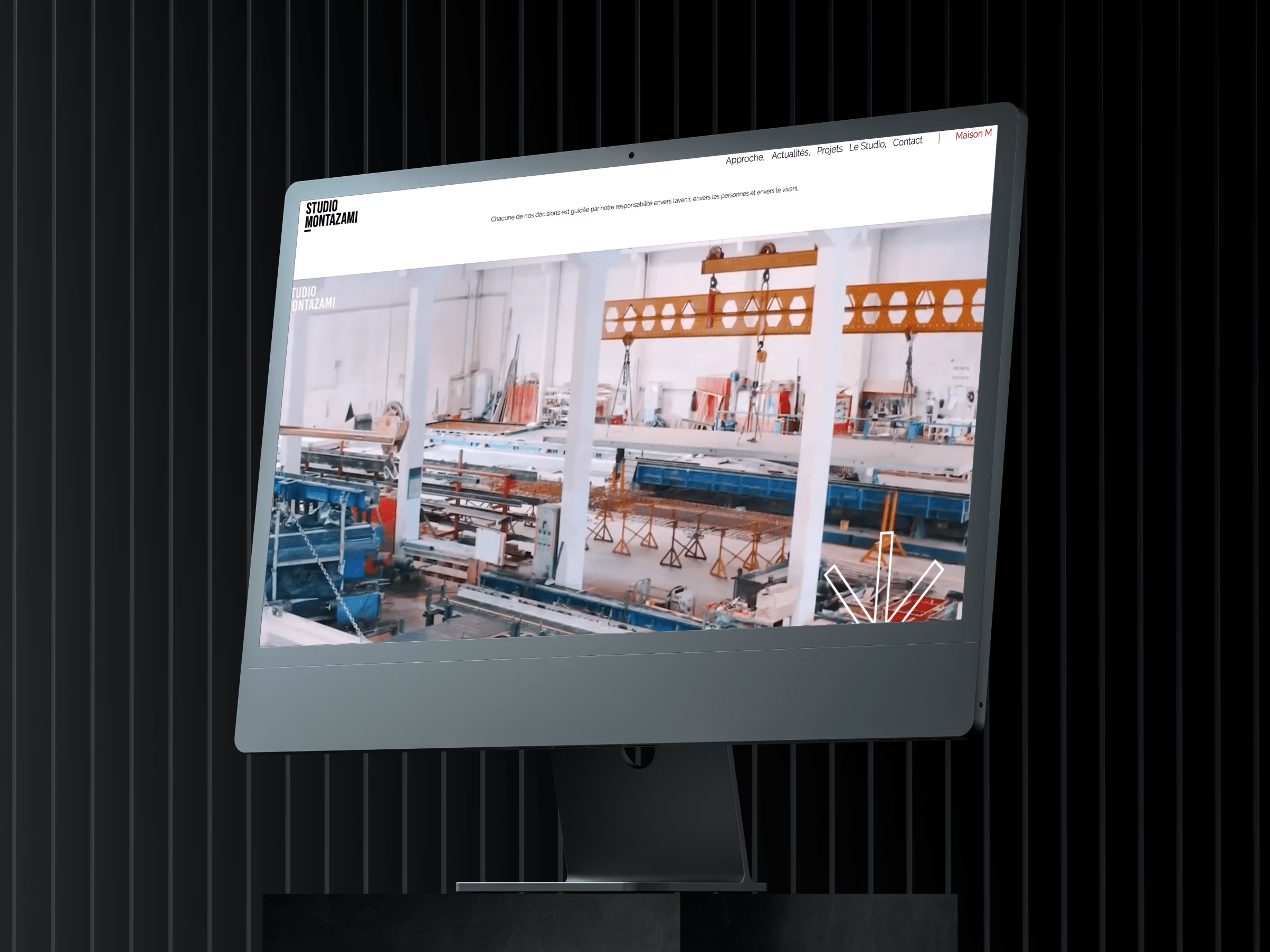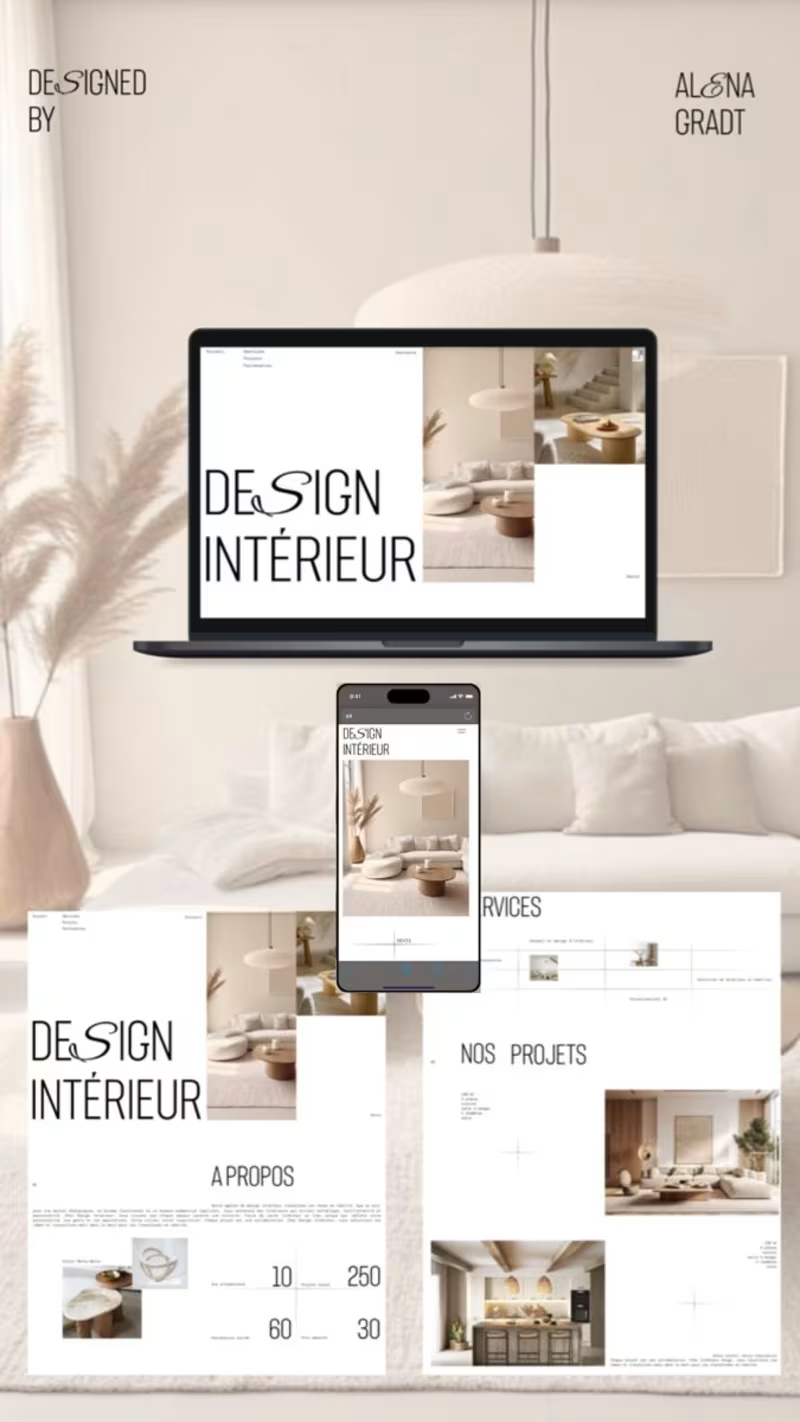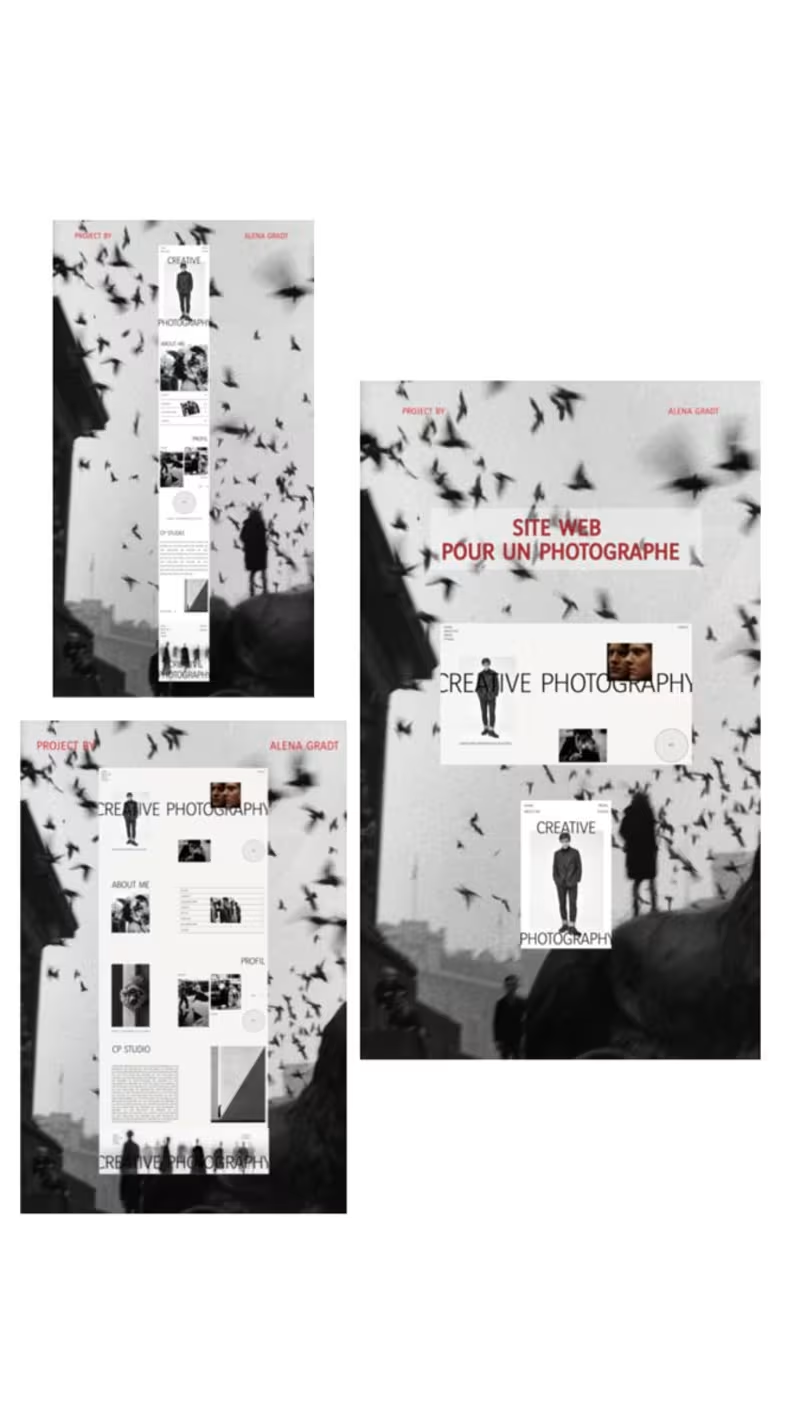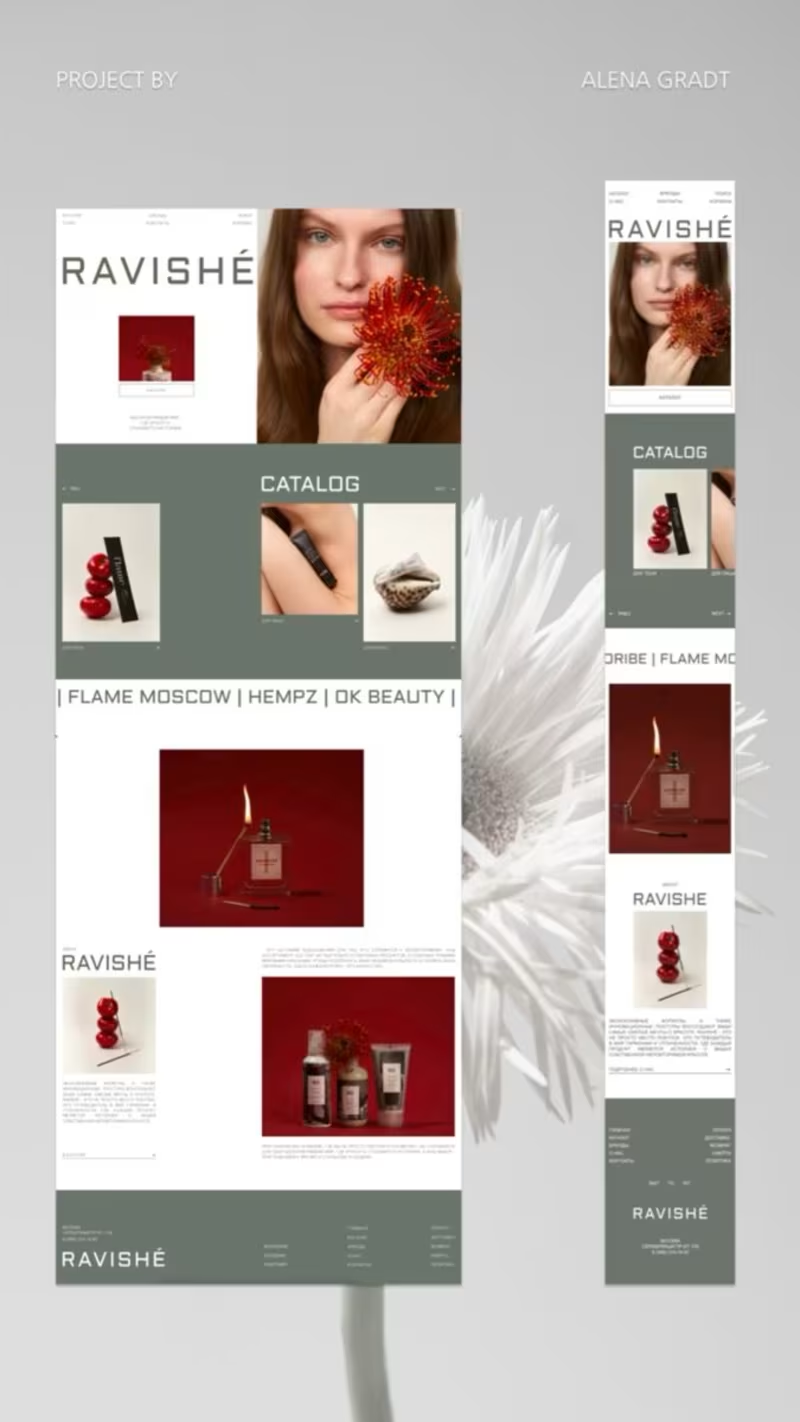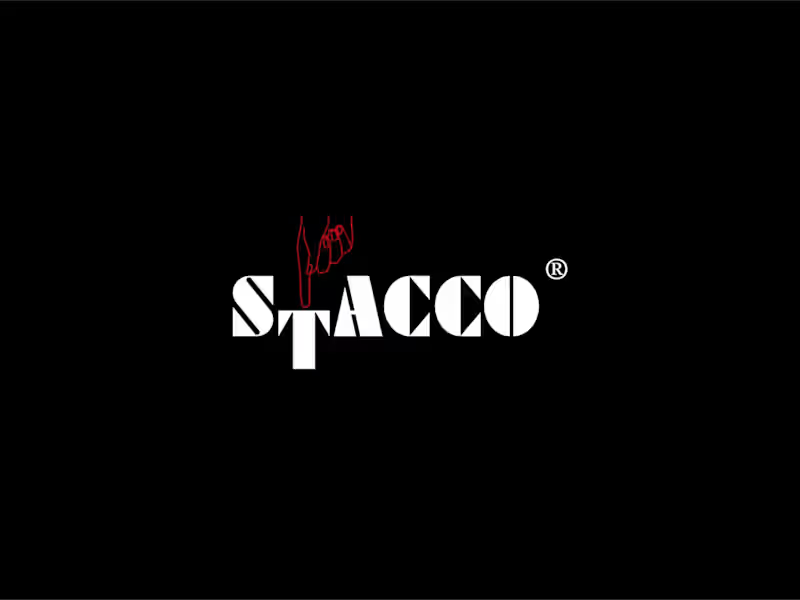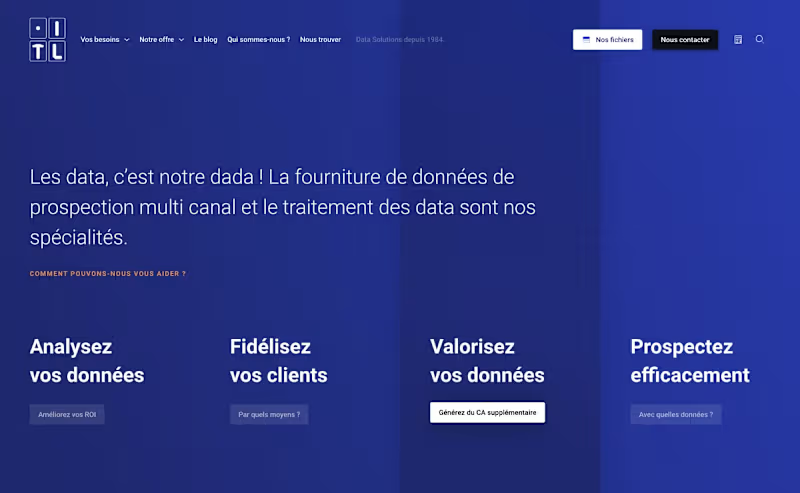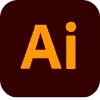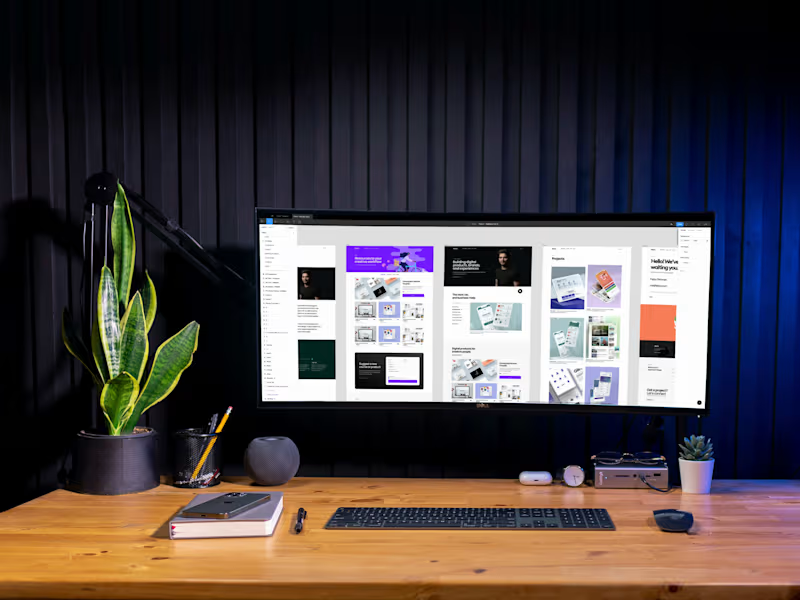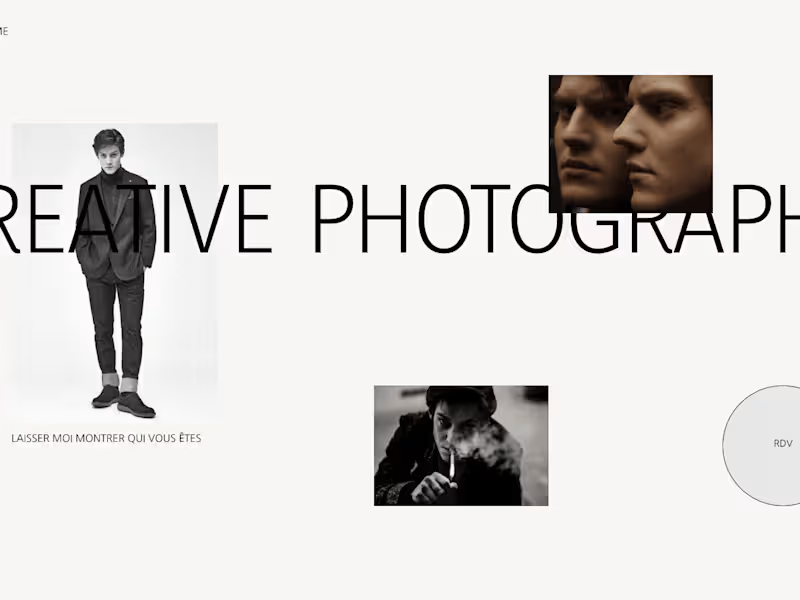What are the key qualities to look for in a UX designer?
A great UX designer listens well and understands user needs. They should have strong problem-solving skills and creativity. Look for someone who cares about making things simple and easy to use. They should have a portfolio that shows good designs. Check if they have experience with projects similar to yours.
How can I ensure the UX designer understands my project needs?
Clear communication is important from the start. Share your project goals and any specific features you need. Use mood boards or sketches to show what you like. Ask for their input or ideas to see if they get your vision. Decide on a process for discussing feedback and making changes.
What deliverables should I expect from a UX design project?
You can expect wireframes, prototypes, and user flow diagrams. Ask for style guides or design systems if needed. Make sure to agree on the number of revisions. Decide on the formats for final files (like PSDs or PDFs). It's good to have a timeline for when each deliverable is due.
How important is it for the designer to know about user experience in Grand Est?
If your project targets users in Grand Est, regional experience can be helpful. The designer should understand local preferences and behaviors. They might know popular styles or common issues users face. However, a talented designer can research and adapt to new regions. Experience with international projects can also bring useful perspectives.
What tools or platforms should the UX designer be familiar with?
Good UX designers should know tools like Sketch, Figma, or Adobe XD. These help them create wireframes and prototypes. They should also be comfortable with usability testing tools. It's helpful if they know collaboration tools like Slack or Trello. Ask if they have experience with any specific tools you use.
Why is user research important in the UX design process?
User research helps understand what real users need and want. It shows how people behave and what problems they have. This makes the design more useful and effective. Without research, you might end up with a product nobody wants to use. Good UX designers include research to make smart design choices.
How can I track the progress of the UX design project?
Set clear milestones and deadlines from the beginning. Use project management tools like Trello or Asana to track tasks. Agree on regular check-ins to discuss progress. Make sure there's a way to share feedback on designs. Transparency helps keep everything on track and avoids surprises.
What should a contract with a UX designer include?
A contract should clearly state the project scope and deliverables. Include timelines and deadlines for each stage. Make sure the payment terms are listed. It should outline who owns the final design files. Agree on how to handle any changes in the project scope.
Does the UX designer need to understand the cultural context of Grand Est?
For projects targeted at Grand Est users, cultural understanding can add value. It helps in creating designs that resonate with local users. The designer can adapt visuals and content to fit the culture. However, a skilled designer can learn and research effectively if unfamiliar with the culture.
How can the UX design support marketing efforts for my project?
Good UX design supports marketing by making products easy to find and use. It helps in telling your brand's story in a clear way. Design elements can guide users to take action, like signing up or making a purchase. Consistent design with your brand can attract and retain customers. UX design also supports user engagement, which aids marketing success.
Who is Contra for?
Contra is designed for both freelancers (referred to as "independents") and clients. Freelancers can showcase their work, connect with clients, and manage projects commission-free. Clients can discover and hire top freelance talent for their projects.
What is the vision of Contra?
Contra aims to revolutionize the world of work by providing an all-in-one platform that empowers freelancers and clients to connect and collaborate seamlessly, eliminating traditional barriers and commission fees.





























